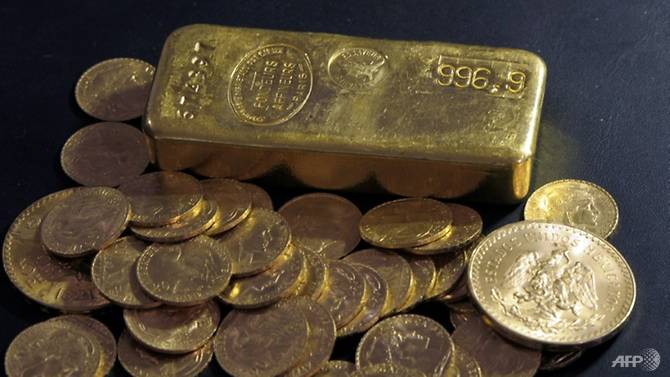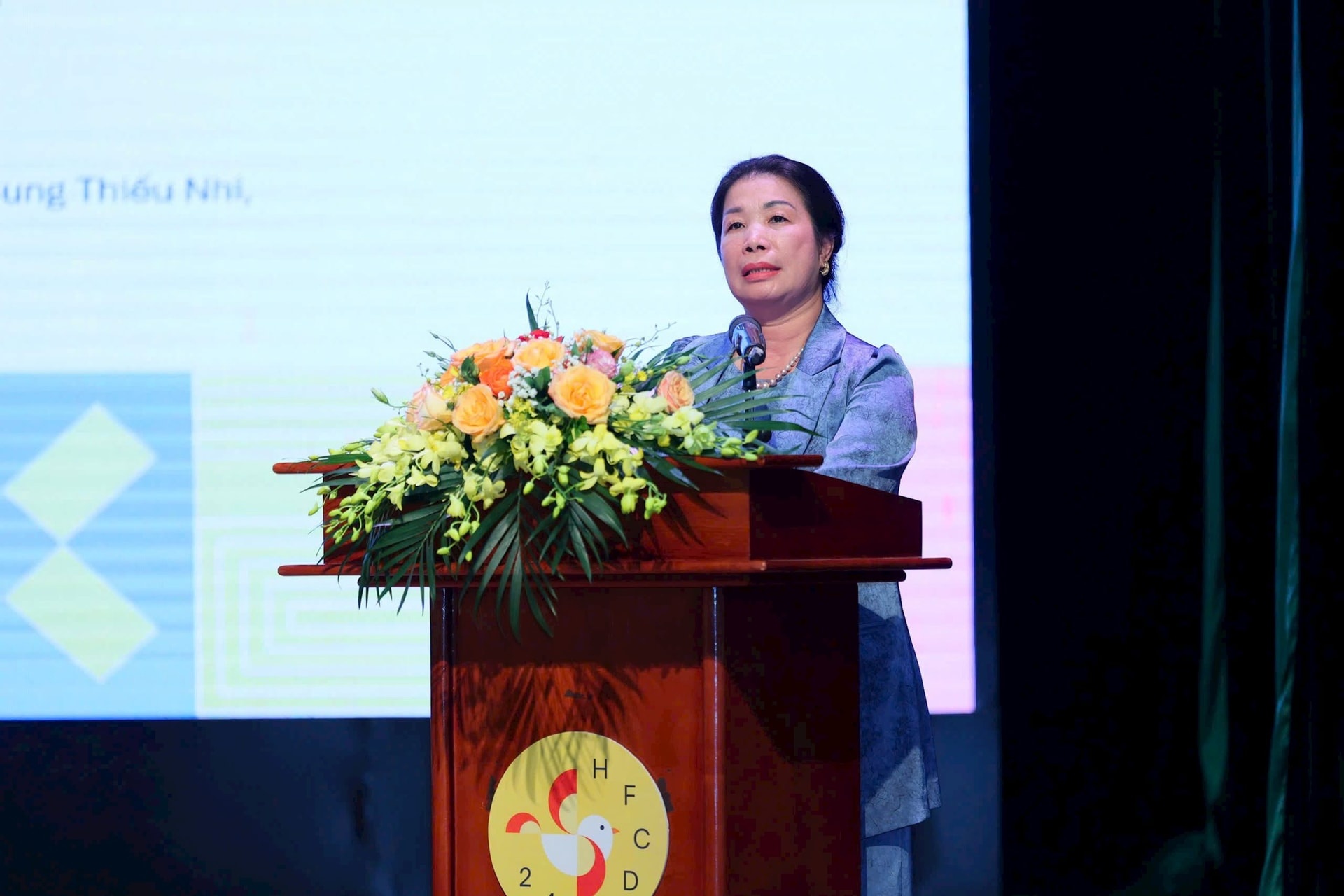Gold demand hits eight-year low: Industry body
 |
| Gold didn't have a glittering first half of the year as demand dropped 14 per cent. (AFP/BERTRAND GUAY) |
Global demand dropped to 2,004 tonnes in the first six months of the year compared with the first half of 2016, the WGC said in its latest quarterly report.
"The last time H1 demand was lower... was in 2009" when it totalled 1,853 tonnes, a spokeswoman confirmed to AFP.
Most of the drop in demand came in the second quarter, with it sliding 10 per cent to 953.4 tonnes compared with the April-June period in 2016, the WGC added.
John Mulligan, a Council director, noted US investors had exited exchange-traded funds (ETFs) for gold at a greater extent than their European peers, as the Federal Reserve embarks on a course of raising interest rates.
"The European ETF investor is a lot less volatile, a lot more stable and a lot less likely to to-and-fro in terms of liquidation than their US counterparts," he said.
ETFs allow investment without trading on the futures market.
"Demand for the first half of 2017 was down 14 per cent compared to last year, but in some respects the market was in better shape," added Alistair Hewitt, the WGC's head of market intelligence.
Last year's growth was solely down to record ETF inflows, while consumer demand slumped.
"So far this year we have seen steady ETF inflows in Europe and the US, jewellery demand has recovered with good growth in India, while retail investment and technology demand is up too," Hewitt said.
Gold demand had slumped 18 per cent in the first quarter from a year earlier as US investors abandoned the precious metal after Donald Trump's presidential election win.
Gold is viewed as a haven investment in times of economic uncertainty but there is now less market focus on Trump's ability to pass through reforms compared with a few months ago.
A stronger dollar, thanks in part to higher US rates, has also led investors to move away from gold and into the greenback.
What the stars mean:
★ Poor ★ ★ Promising ★★★ Good ★★★★ Very good ★★★★★ Exceptional
Latest News
More News
- Citi report highlights common language for global payments (November 01, 2024 | 15:59)
- MB’s nine-month credit growth outpaces industry average by 80 per cent (October 31, 2024 | 18:29)
- IFC considers $200m loan for LG Innotek Vietnam (October 30, 2024 | 17:04)
- HDBank profits reach $501.7 million in first nine months of 2024 (October 30, 2024 | 11:27)
- Commonwealth Bank of Australia divests 10 per cent stake in VIB (October 30, 2024 | 10:50)
- Policy credit a boon to Yen Bai residents in the wake of Typhoon Yagi (October 30, 2024 | 09:00)
- Rubber firms report positive Q3 performance (October 29, 2024 | 20:01)
- Assessing gold prospects for the rest of 2024 and beyond (October 26, 2024 | 10:48)
- ACCA welcomes 116 new members in Vietnam (October 26, 2024 | 10:45)
- Public debt indicators remain in alignment with expectations (October 25, 2024 | 15:37)



















 Mobile Version
Mobile Version